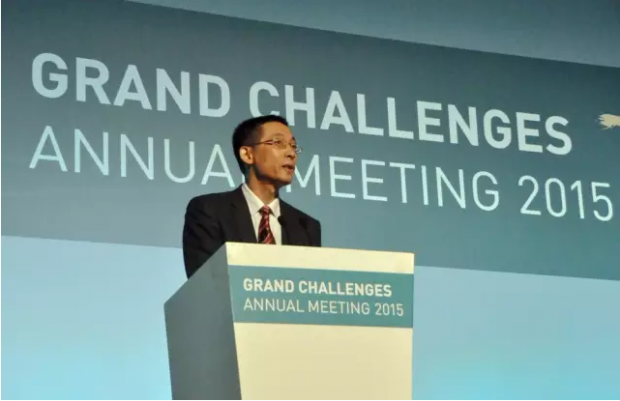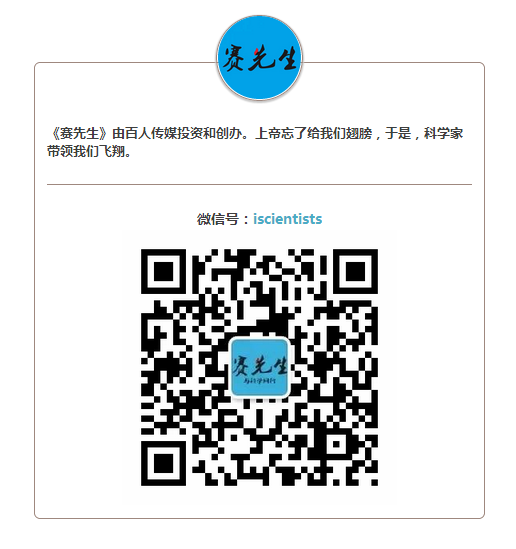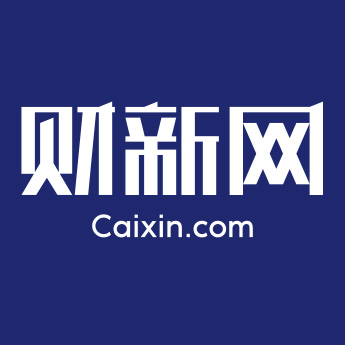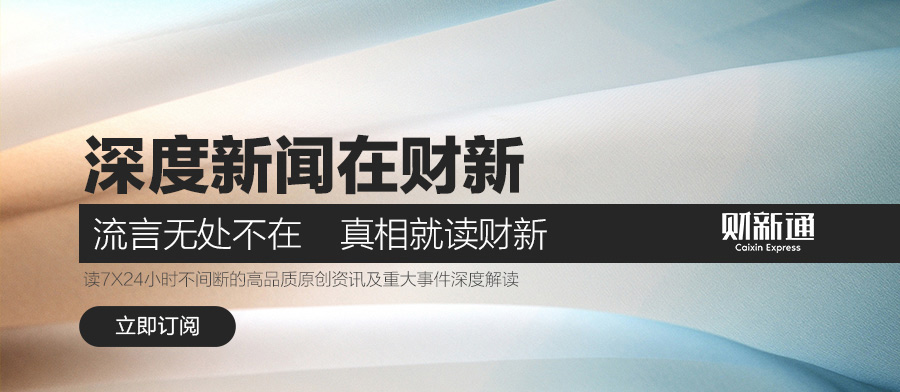10月19日~21日,由科技部与比尔及梅琳达·盖茨基金会(以下简称“盖茨基金会”)联合主办的第11届“全球创新大挑战年会”在北京举行。这是该年会首次在中国举办,主题为“创新驱动发展,携手共赢挑战”。
在年会召开的三天前(10月16日),中国科技部与盖茨基金会签署谅解备忘录,正式宣布启动“中国大挑战”项目,从而让中国成为继加拿大、印度等5国之后,又一个拥有落地区域性“大挑战”项目的国家。
“大挑战”挑战的是传统科研思维与管理方式,通过50到2000万美元不等的资金支持,鼓励科研人员将大胆想法转换为能够影响或解决实际健康问题的科学成果。
在19日上午举行的开幕式上,科技部副部长张来武、盖茨基金会CEO苏珊·德斯蒙德-赫尔曼博士(Sue Desmond-Hellmann)和清华大学副校长、著名结构生物学家施一公教授分别发表主旨演讲和致辞。
《赛先生》将施教授上述英文演讲译成中文,并附英文原文于此,与读者共享。
尊敬的张来武副部长、
苏珊·德斯蒙德·赫尔曼博士、
特雷弗·蒙代尔博士,
同事们、朋友们、女士们、先生们:
大家上午好!
我非常荣幸在本次盛会发言,请允许我代表本地的科学顾问委员会向来自世界各地的诸位致以最热烈的欢迎。欢迎你们莅临北京,参加这场全球性的科学盛会。
未来三天里,来自50个国家的800多位科学家和医护工作者将齐聚一堂,为应对全人类共同面临的健康挑战集思广益。我们怀着一个共同的目标,那就是通过教育、创新科研和协作促进全人类的健康和福祉。
此次大会选址北京,意义重大。不仅仅因为北京是世界人口第一大国的首都,不仅仅因为她有三千年的悠久文化传统,不仅仅因为她作为一个城市拥有七个世界文化遗产,是全球城市之最,也不仅仅因为中国正面临着诸多与国际社会共有的迫在眉睫的医疗卫生问题……在这些理由之外,我以为还有一个更重要的原因,那就是北京正在成为我们这个快速转型社会的创新之都。
我在这里就不给大家列举在网上随处可见的有关中国的大串统计数据了,我更想谈谈我对中国这场历史性变革的切身感悟。事实上,与亿万同胞一样,我个人的经历也正是这场社会转型的缩影。
我出生在动荡的60年代,在河南中南部的农村度过了我的童年。尽管那时食物匮乏,也没有什么玩具,但在无忧无虑的孩子们的眼里,生活总是那么美好。1978年,我小学四年级时平生第一次见到了外国人,一位来自新西兰的游客。1979年1月,在传奇的领导人邓小平历史性访美之后,新中国三十年来第一次向世界敞开了大门。就在那年,一小批中国大陆的学生和学者率先访问美国,开始了他们宝贵的求学生涯。与此同时,年轻的一代在改革开放和恢复高考的政策鼓舞下,以前所未有的热情去追寻他们的梦想。
到了80年代中期,出国留学渐渐在大陆流行开来,相当一部分顶尖高校的学生会考虑参加托福和GRE考试。迄今为止,已有超过300万的大陆学生到西方深造,这也许是人类有史以来最大的留学潮,它不仅仅给中国,也给接纳留学生的国家和整个世界带来了深远影响。近年来,随着越来越多的中国留学生选择学成回国,曾一度被诟病为“人才外流”的问题也逐渐消解。我是这300多万留学生中的一员,也是海归大军中的一员。1990年我离开中国时,每周只有一、三、五各有一趟从中国飞美国的航班,对应这三天的航班号分别是981、983、985,但机上仍有很多空位。而当我2008年回国的时候,中美之间的航班每天多达20班,我却必须提前几个星期就要预定机票才能保证顺利订座。
和许多中国学生一样,我的人生非常幸运。我从小学到大学都在中国接受了良好的教育,又在美国学习和工作了近18年!但很多中国人却没有这么幸运。离我家乡仅20多公里的地方有个文楼村,在上世纪90年代我刚刚赴美留学时,那里贫困的村民就开始了与艾滋病的斗争。在当地政府的帮助下,文楼村村民终于赢得了这场战役。但是国内外还有千千万万的人并没有文楼村民这么幸运。许多人都迫切需要帮助,不只是来自政府的帮助,还需要我们这些幸运的人一伸援手。
响应这种召唤,很多个人和机构开始行动起来。自2000年起,盖茨基金会就开始领导着一场全球范围的抗击艾滋病的壮举。2007年,清华大学成立了艾滋病综合研究中心。在政府拨款、工业界资助和盖茨基金会的协助下,清华大学艾滋病综合研究中心的病毒学家和微生物学家正在努力寻找治疗艾滋病以及其他传染病的新方法。清华大学的科学家们也已和国内外大学及研究机构建立了广泛的合作关系。我们与政府、工业界和私人基金会齐心协力,与全世界科学家联手,有决心去战胜这些困扰人类已久的恶疾。
合作能激发创新,缔造奇迹,跨越时空。数千年前,中国人发现“青蒿”提取物对疟疾有疗效,到四十年前,屠呦呦领衔的合作团队从黄花蒿中分离出了治疗疟疾的有效成分青蒿素,挽救了世界上成千上万条生命。砒霜(三氧化二砷)在中药中被用于治疗恶性疾病。上世纪70年代,在中国东北地区工作的张亭栋医生领导的团队发现了砒霜对急性早幼粒细胞白血病(APL)具有疗效。另一支由王振义带领的科学家团队则利用全反式维甲酸治疗APL。如今,全反式维甲酸与三氧化二砷的联合用药已成为APL的标准疗法,在世界范围内实现了90%以上的完全缓解率,而这一伟大成就是在国内外科学家吴越同舟的协作下完成的。
最后,我谨代表科学顾问委员会,祝愿大家在北京度过美好的时光,也祝愿2015大挑战年会圆满成功。
再一次感谢诸位的到来,感谢诸位的热情参与!

图片来源:中国科技网
英文原文:
Vice Minister Zhang Laiwu,
Dr. Sue Desmond-Hellmann,
Dr. Trevor Mundel,
Colleagues, Friends, Ladies and Gentlemen,
Good morning! I am both honored and privileged to speak at this important conference. On behalf of the local Scientific Advisory Committee, I would like to extend our warmest welcome to all of you who have traveled from every corner of the world to Beijing for this global science gala!
In the next three days, 800 scientists and healthcare workers from 50 different countries will meet under the same roof, combining expertise of different disciplines to address common health challenges that face the mankind. We share one common goal – that is – to improve the health and welfare of mankind through education, research innovation, and synergistic effort.
It is of particular significance to have this special gathering in Beijing – not just because Beijing is the capital of a nation with the largest population on earth, or because Beijing has a rich cultural history of three millennia and owns seven world heritage sites – the largest for a single city, or because China has pressing healthcare issues that exemplify the challenges of the world community. It is for all these reasons and beyond. In my humble opinion, perhaps the single most important reason for coming to Beijing is to capitalize on the emerging power of innovation promised by a rapidly transforming society.
Rather than giving you a barrage of statistical data on China which you can easily find on the internet, I would like to offer my own reflection of China’s historic transformation. In fact, like hundreds of millions of my fellow countrymen, my personal journey epitomizes this transformation.
I was born in the tumultuous 1960s and spent my childhood in the countryside of south-central Henan Province. Despite shortage of food and toys, life was always beautiful in the eyes of free-spirited children. As a fourth grader in 1978, I saw a foreigner – a tourist from New Zealand – for the first time in my entire life. Following the late legendary leader Deng Xiaoping’s historic visit to the United States in January 1979, China opened her door to the outside world for the first time in three decades. During that year, a small number of students and scholars from mainland China ventured into the US to embark upon precious opportunities of education and research. The open-door policy, together with restoration of a purely merit-based National College Entrance Examination system, spurred unprecedented levels of motivation and enthusiasm among the younger generations to pursue their dreams.
By the mid-1980s, studying abroad had become so popular in mainland China that a sizable fraction of the undergraduate students in top universities were thinking about taking the TOEFL and GRE tests. By now, more than three million mainland Chinese students have had the opportunity to study in the West, creating perhaps the biggest wave of studying abroad in the history of mankind. Such a movement has had a huge consequence not just on China, but also for the host countries and the rest of the world. What was once regarded as a “brain drain” problem disappeared as more and more students chose to return to China after they received advanced degrees. I was one of these three million students, and I am among those who returned. When I left China in 1990, there were only three weekly flights between China and North America, and there were plenty of empty seats on board. Because the planes departed China on Monday, Wednesday, and Friday, the flights were numbered 981, 983, and 985, for convenience. When I returned in 2008, there were 20 daily flights and I had to make my reservation weeks ahead of time to ensure a seat.
Similar to many other Chinese students, I have been extremely lucky in my entire life: receiving decent education from elementary school all the way to undergraduate college in China. I even had the opportunity to study and work in the US for nearly 18 years! But many others in China are not so lucky. Only 15 miles from the area where I grew up, the under-privileged peasants in Wenlou village have been fighting the debilitating disease of HIV/AIDS since the 1990s. The HIV/AIDS outbreak occurred while I was away. Thanks to the care and help of the local government, Wenlou villagers are winning the war against HIV/AIDS. But many, many others in China and the rest of the world are not nearly as lucky as these Wenlou villagers. Many are desperately waiting for help. They need help, not just from government, but also from the lucky individuals.
Heeding the call, many individuals and institutions have begun to act. The Bill & Melinda Gates Foundation has been leading a heroic global effort since year 2000. Tsinghua University established a Comprehensive AIDS Research Center in 2007. Aided by government grants, industry funding, and the Gates Foundation, virologists and microbiologists at the Tsinghua Center are working hard to search for new therapeutic opportunities for HIV/AIDS and other infectious diseases. Scientists at Tsinghua have reached out to collaborate broadly with other universities and research institutes in China and throughout the world. We are working with government, industry, as well as private foundations. We have joined forces worldwide and are determined to win the fight against these haunting pandemics.
Collaboration stimulates innovation, engenders miracle, and transcends history and geography. Ancient Chinese discovered the utility of Artemisia annua extract in the treatment of malaria thousands of years ago; 40 years ago, a collaborative team of scientists led by Tu Youyou isolated the effective ingredient Artemesinin, saving millions of lives worldwide. Arsenic compounds had been used by Chinese medicine to attack diseases of most malignant nature; a group of medical doctors led by Zhang Tingdong in northeastern China uncovered the efficacy of arsenic trioxide against acute promyelocytic leukemia, or APL, in the 1970s. A team of scientists led Wang Zhenyi used all-trans retinoic acid to treat APL. Through collaboration both within China and throughout the world, a combination of arsenic trioxide and all-trans retinoic acid has become the standard therapy for the treatment of APL, resulting in greater than 90 percent complete remission for patients worldwide.
Last but not least, on behalf of the local Scientific Advisory Committee, I wish all of you a wonderful stay in Beijing and the 2015 Grand Challenges Meeting a spectacular success.
Thank you all for coming! Thank you for offering your expertise and help!
欢迎个人转发分享,刊物和机构如需转载,请联系授权事宜:

0
推荐




 京公网安备 11010502034662号
京公网安备 11010502034662号 